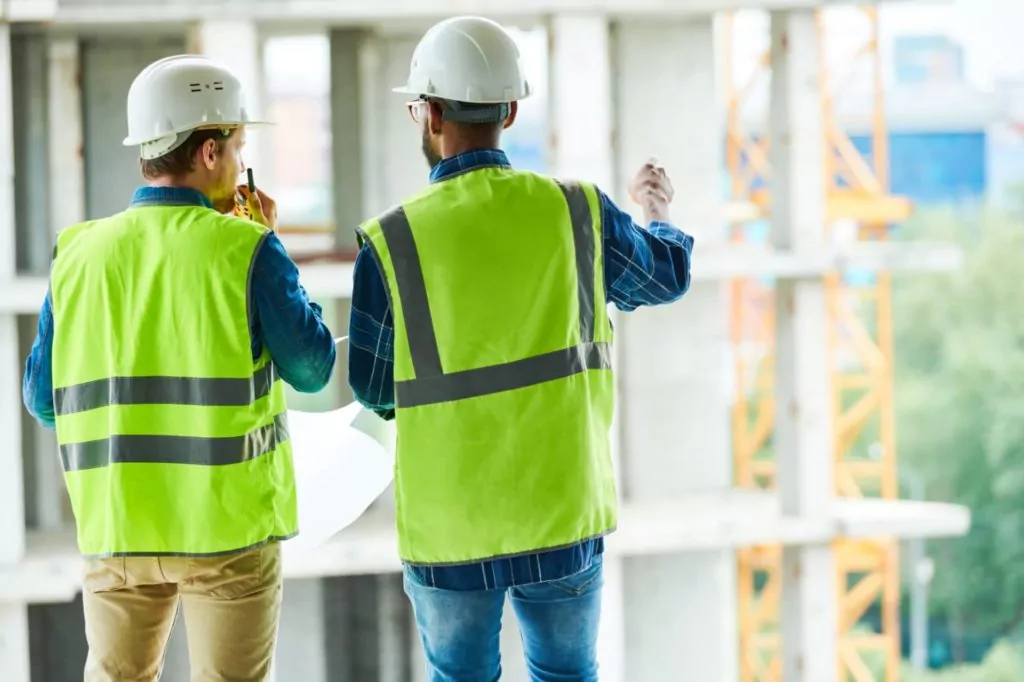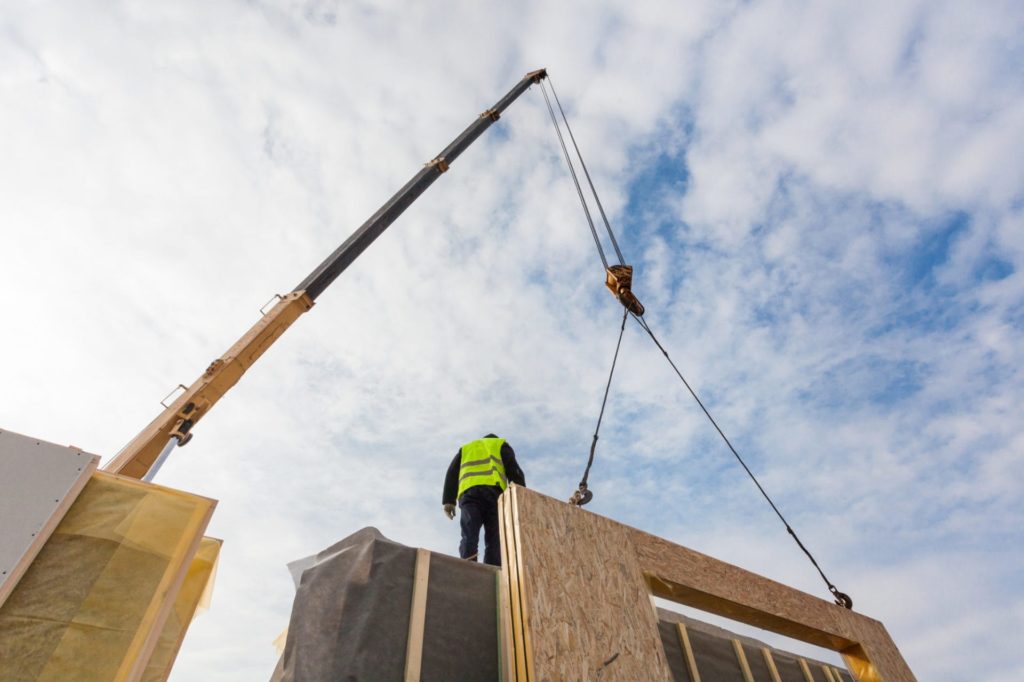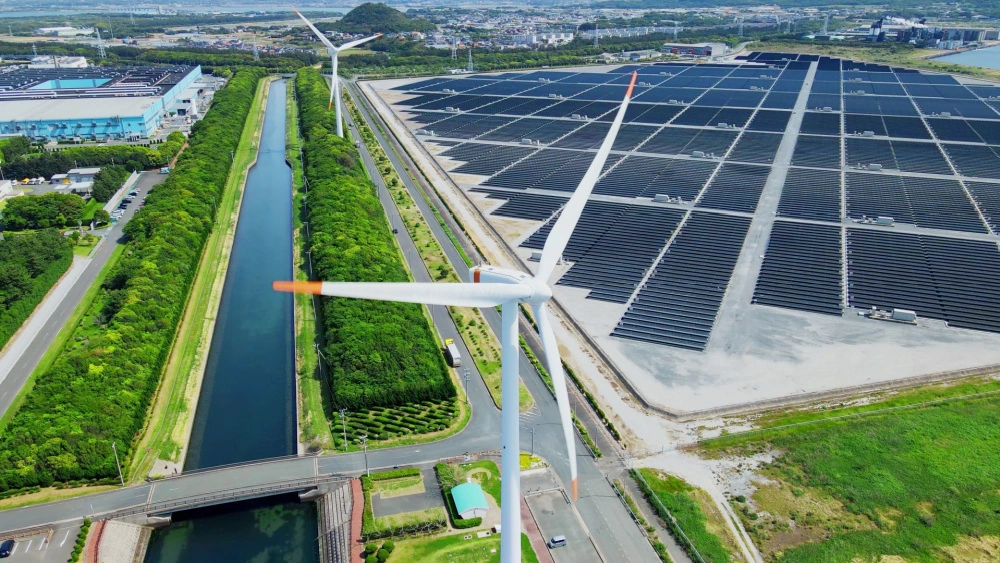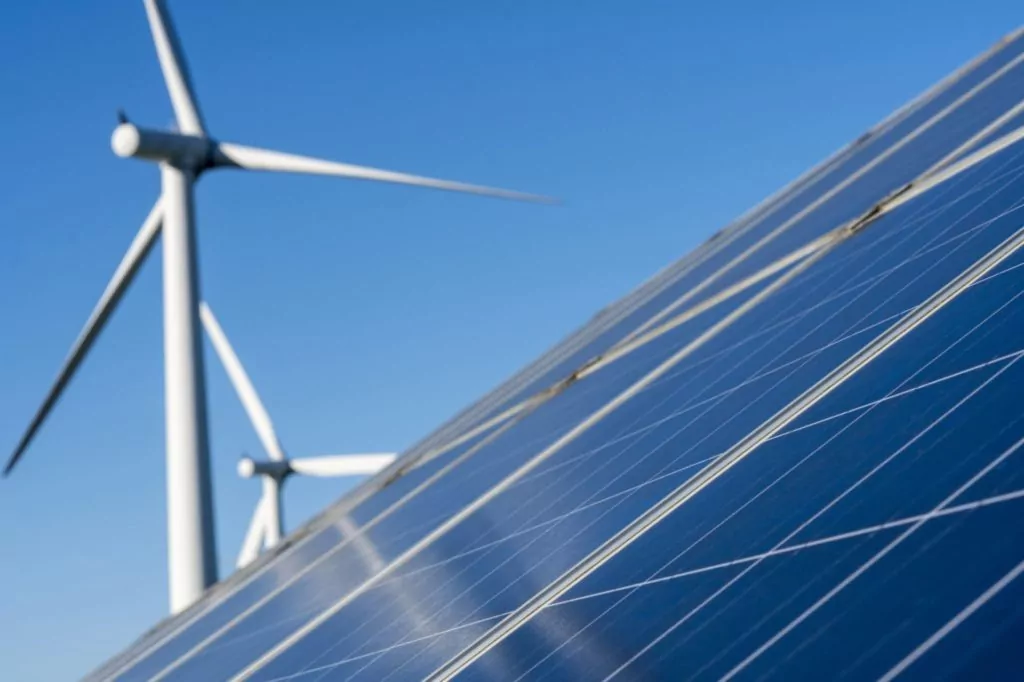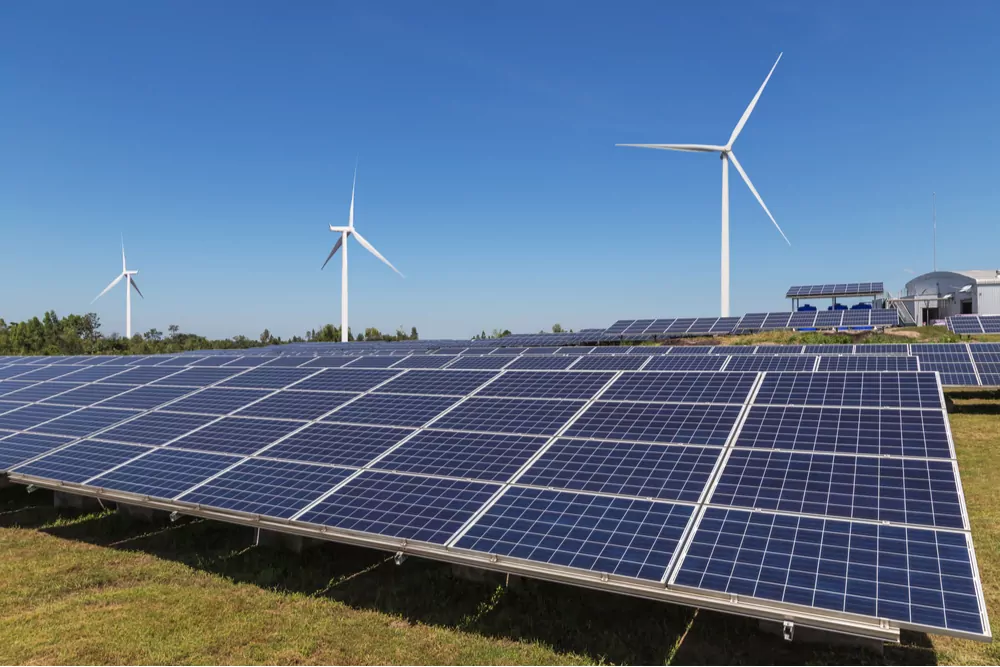
Government’s consultation on the UK Carbon Border Adjustment Mechanism: What you need to know


On 21 March, HM Treasury and HMRC launched a consultation on proposals for the design and administration of the UK carbon border adjustment mechanism ("CBAM") which will be in place from 1 January 2027. The CBAM will impose a tax on certain carbon-intensive imports as part of the government's plans for decarbonisation.
In this article, we give a high-level overview of what the CBAM entails and its potential impact on clients who rely on imports of goods covered by this scheme.
What is the CBAM?
The CBAM is essentially a tax on carbon-intensive goods, including cement, steel, iron, ceramics, fertiliser and hydrogen. The imposition of the tax aims at protecting UK producers who are looking to reduce their carbon footprint from unfair competition from businesses that are not taking such steps, whilst also reducing any 'carbon leakage'.
Carbon leakage happens when the greenhouse gas ("GHG") emissions from various industries are moved between countries, especially into countries where the rules and regulations (as well as pricing) around carbon emissions are less stringent. The European Union recently introduced its own CBAM which came into force in October 2023, with further provisions coming into effect up until 1 January 2026.
What does the consultation cover?
The consultation seeks to gather the views of interested parties on the proposals that are set out for the design and implementation of the CBAM. It covers the background to the government's decision to introduce the CBAM, the current position in the UK in relation to carbon pricing, as well as more detailed policy for how the CBAM will be operated (including calculation and payment under the scheme).
Who will be liable to pay under the CBAM?
Businesses involved in the import of any of the goods that are listed under Appendix A of the consultation, but above the value of £10,000 across a 12-month period, will be liable to pay and be registered for the CBAM. Some of these goods are listed above; however, it will be important to review the list in the consultation in detail to determine whether any goods you import are covered.
The point where the liability under the CBAM arises will be either when goods are released into free circulation (after passing through customs controls) or the date the goods enter the UK (if no customs controls are in place). There are specific rules for when CBAM goods are developed into non-CBAM goods and these are set out in the consultation.
How is the tax calculated?
The tax will be calculated by multiplying the total number of emissions emitted per good type by a relevant 'UK CBAM rate' (set by the government) with any carbon price payable overseas being deducted from this.
In terms of calculating emissions, either evidence of emissions verified by an independent verification body can be submitted or default emissions values published by the government can be used.
The CBAM rates, which will be different for the various sectors the CBAM goods fall into, will be reviewed by the government on a quarterly basis and the methodology for determining these rates is set out in more detail in chapter 6 of the consultation.
When will the tax be payable?
At the end of each accounting period. This also includes submitting nil-value returns, which could arise if a sufficiently high carbon price was paid for the goods overseas, which would then offset the UK CBAM liability. The intention appears to be that the first accounting period will run for 12 months from 1 January to 31 December 2027. From 2028, accounting periods will then become quarterly.
It will be the liable person's responsibility to submit the return, along with any evidence in support of the return. However, the guidance does make allowances for using a tax agent for returns.
What will this mean for business and what should you be thinking about now?
The imposition of the CBAM will impact businesses chains involved in the importation of any of the goods listed in Annex A of the consultation. Further, supply chains also involved in imports or indeed the manufacturing of finished goods for later sale falling into that list will be liable under the CBAM from 1 January 2027 forward, pending any further updates from the government.
The tax will have a wide-reaching impact across several sectors, such as:
- The construction industry where importation of iron, steel and cement are fairly commonplace will be affected. This will feel like an additional hit to the sector given the ongoing issues with fairly high inflation rates.
- Farming will also be impacted by this, where businesses are involved with fertiliser imports, including nitric and sulphonitric acids and ammonia.
- The retail and consumer sector, particularly in the DIY space where ceramics, including bricks, tiles and pipes are regularly supplied and traded, will also fall under the CBAM. Glass is another of the goods listed in Appendix A and covers a wide range of glass products.
Although a few years will pass before the CBAM comes into force, it will be important to review the detail of the consultation and follow CBAM developments as they progress. Any concerns should be raised in relation to the proposals set out in the consultation and where there is an appetite, active involvement in the design and administration of the CBAM is encouraged.
There is no doubt that this scheme will have a significant impact once it is introduced and we will be watching this space and bringing further updates as and when they become available.
This article does not purport to provide tax advice. For any such advice, you should take advice from an independent tax expert.























































